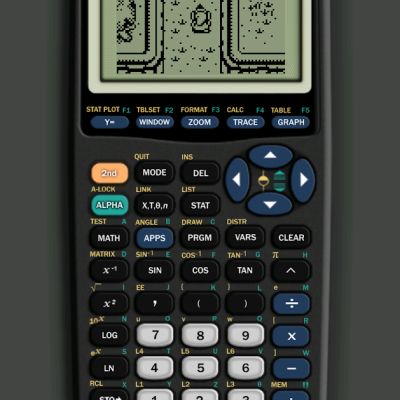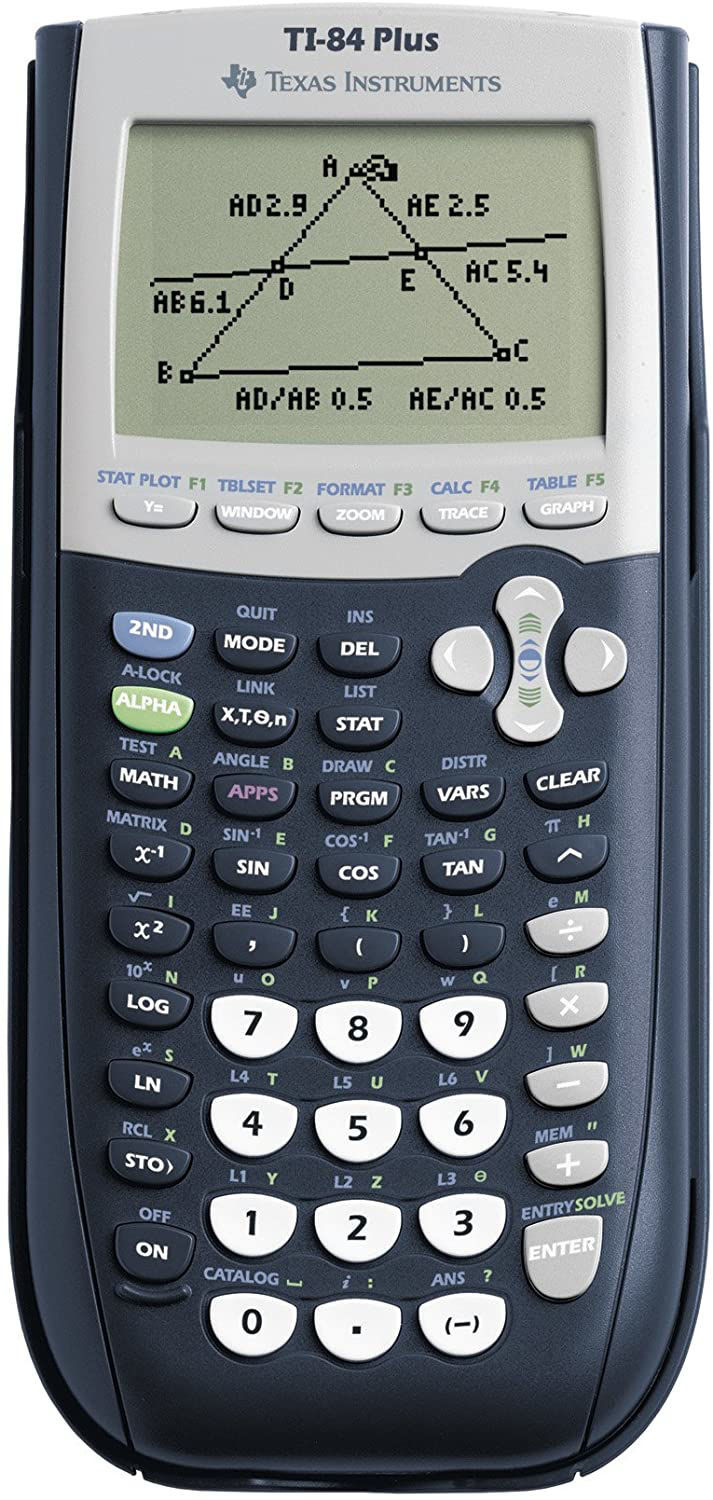

- FREE TI 84 EMULATOR ONLINE SOFTWARE
- FREE TI 84 EMULATOR ONLINE CODE
- FREE TI 84 EMULATOR ONLINE SERIES
Start code Byte count Address Record type Data Checksum Checksum calculation Ī record's checksum byte is the two's complement of the least significant byte (LSB) of the sum of all decoded byte values in the record preceding the checksum.
Checksum, two hex digits, a computed value that can be used to verify the record has no errors.Īs a visual aid, the fields of Intel HEX records are colored throughout this article as follows:. (4-bit data will either have to be stored in the lower or upper half of the bytes, that is, one byte holds only one addressable data item. The meaning and interpretation of data bytes depends on the application. Some records omit this field ( n equals zero). Data, a sequence of n bytes of data, represented by 2 n hex digits. Record type (see record types below), two hex digits, 00 to 05, defining the meaning of the data field. Base addresses and address offsets are always expressed as big endian values. 
The base address, which defaults to zero, can be changed by various types of records. The physical address of the data is computed by adding this offset to a previously established base address, thus allowing memory addressing beyond the 64 kilobyte limit of 16-bit addresses. Address, four hex digits, representing the 16-bit beginning memory address offset of the data.
FREE TI 84 EMULATOR ONLINE SOFTWARE
Not all software copes with counts larger than 16.
Byte count, two hex digits (one hex digit pair), indicating the number of bytes (hex digit pairs) in the data field. Neither of these extensions may contain any ':' characters as part of the payload. By convention, ' //' is often used for comments. It allows to store other related information in the same file (and even the same line), a facility used by various software development utilites to store symbol tables or additional comments, and third-party extensions using other characters as start code like the digit ' 0' by Keil, ' $' by Mostek, or ' !', ' ' #', ' \', ' &' and ' ' by TDL. However, as this was a little known part of the specification, not all software written copes with this correctly. In fact, very early versions of the specification even asked for a minimum of 25 NUL characters to precede the first record and follow the last one. All characters preceding this symbol in a record should be ignored.  Start code, one character, an ASCII colon ' :'. Each text line is called a record.Ī record (line of text) consists of six fields (parts) that appear in order from left to right:
Start code, one character, an ASCII colon ' :'. Each text line is called a record.Ī record (line of text) consists of six fields (parts) that appear in order from left to right: 
The binary numbers may represent data, memory addresses, or other values, depending on their position in the line and the type and length of the line. Each text line contains hexadecimal characters that encode multiple binary numbers. Intel HEX consists of lines of ASCII text that are separated by line feed or carriage return characters or both. Many PROM and EPROM programming devices accepted this format.
FREE TI 84 EMULATOR ONLINE SERIES
Beginning in 1975, the format was utilized by MCS Series II ISIS-II systems, using the file extension HEX. It was also used to specify memory contents to Intel for ROM production. The Intel hex format was originally designed for Intel's Intellec Microcomputer Development Systems (MDS) in 1973 in order to load and execute programs from paper tape.








 0 kommentar(er)
0 kommentar(er)
